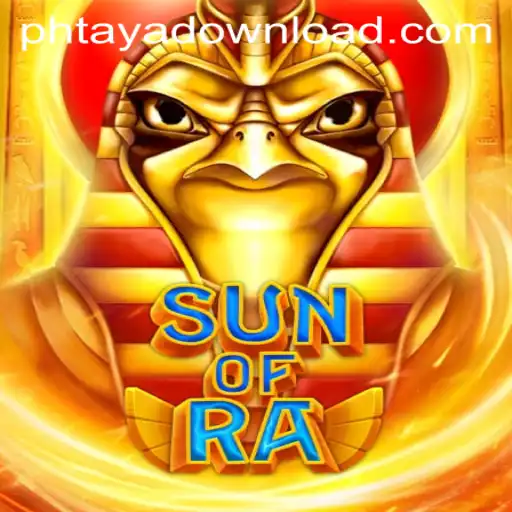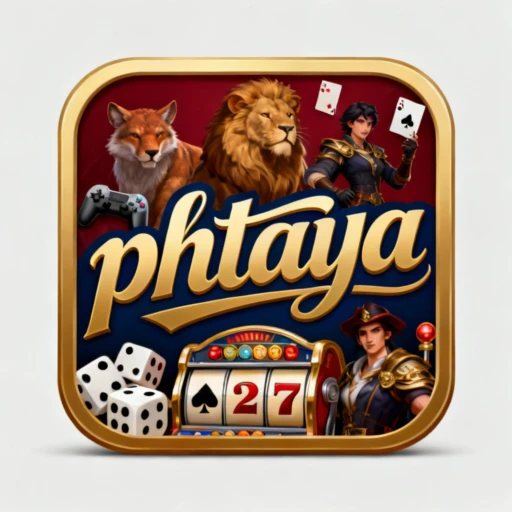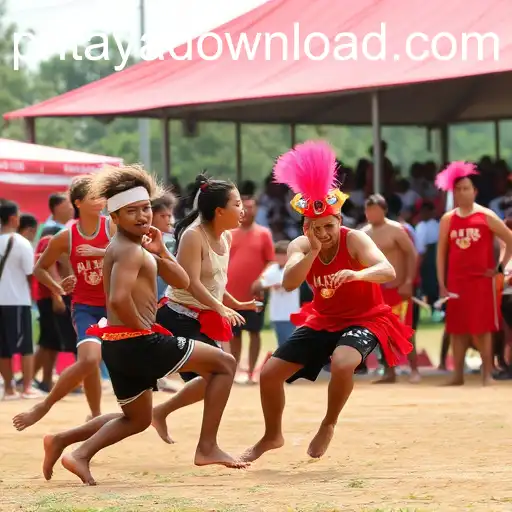Exploring the World of Sports through the Lens of Phtaya
Sports have always been a vital part of human culture, providing not just entertainment but also a means of bringing communities together. While there are countless popular sports around the world, a lesser-known but fascinating aspect of sports culture is embodied in the concept of "phtaya." This term encapsulates a wide range of activities and has a rich history that intertwines with the evolution of sports globally. As we delve deeper into the world of sports, understanding phtaya allows us to appreciate the diversity and historical significance of this cultural phenomenon.
Understanding Phtaya
The term "phtaya" encompasses various forms of competitive physical activity that go beyond mainstream sports. It represents a traditional approach to games and sports, often deeply rooted in the local culture and history of a particular region. Although phtaya is not as prominently recognized as modern sports, it plays an integral role in preserving cultural heritage and maintaining traditions.
Historically, phtaya has been linked with indigenous tribes and communities, serving as a representation of their way of life. These activities often emphasize skill, endurance, and agility, with a strong focus on community values and cooperation. Understanding the relevance of phtaya helps shed light on how ancient communities developed their own forms of entertainment and competition, which have influenced contemporary sports in numerous ways.
Phtaya in the Context of Modern Sports
In today's world, as global interconnectedness grows and cultures blend, there is an increasing interest in traditional practices like phtaya. Many sports events now feature demonstrations or competitions rooted in this tradition, aiming to preserve and promote the awareness of cultural diversity.
One area where phtaya has made remarkable inroads is in the global sports festivals. Events such as the World Ethnosport Culture Festival showcase traditional games from around the world, offering a platform for less-known sports activities to gain international attention. These platforms not only help in preserving ancient customs but also aid in creating a dialogue among different cultures, acknowledging the common thread of humanity that sports weave.
Physical and Mental Impact of Phtaya
The physical aspects of phtaya often mirror that of mainstream sports, focusing on enhancing the physical capabilities of participants. Engaging in these traditional sports has been shown to improve physical health, increase stamina, and promote fitness. Moreover, it helps individuals develop a wide array of skills, including teamwork, strategic thinking, and leadership.
However, the mental impact of participating in phtaya cannot be overstated. These activities often foster a strong sense of community and belonging, which is crucial for mental well-being. They encourage participants to develop not just physical prowess, but also mental resilience. The camaraderie and spirit of togetherness inherent in phtaya help promote social connections, leading to increased happiness and reduced stress levels among participants.
Popular Forms of Phtaya
Phtaya includes a variety of games and sports, each unique to its cultural and geographical context. Some popular examples include traditional martial arts, wrestling styles specific to regions, and various indigenous ball games. These activities have not only historical value but also continue to evolve, influencing and being influenced by more prominent sports forms.
For instance, many martial arts with ancient roots have transformed over time, merging with or educating modern combat sports. Similarly, traditional wrestling can be seen contributing techniques and styles to modern wrestling, judo, and other related disciplines. By observing phtaya, one can trace the lineage and evolution of many contemporary sports disciplines.
The Future of Phtaya in Sports Culture
As we move forward, the future of phtaya seems promising, with growing efforts to document, preserve, and promote these activities on an international platform. Many organizations advocate for the recognition of traditional sports as an essential part of cultural heritage, urging governments and institutions worldwide to invest in their preservation.
Moreover, educational programs are increasingly recognizing the importance of traditional sports such as phtaya in teaching children about cultural diversity. Incorporating these activities into school curriculums can provide a rich source of learning, encouraging an appreciation for history and tradition while promoting physical activity.
Conclusion
The concept of phtaya offers more than just a glimpse into the past; it serves as a bridge to a more inclusive understanding of sports and its role within society. While often overshadowed by modern and commercially driven sports, the traditional games that fall under phtaya's umbrella hold immense cultural value and continue to impact communities worldwide. As interest in maintaining global heritage grows, so too does the importance of advocating for these traditional forms of sports, ensuring that they remain a vital part of our collective cultural identity.











